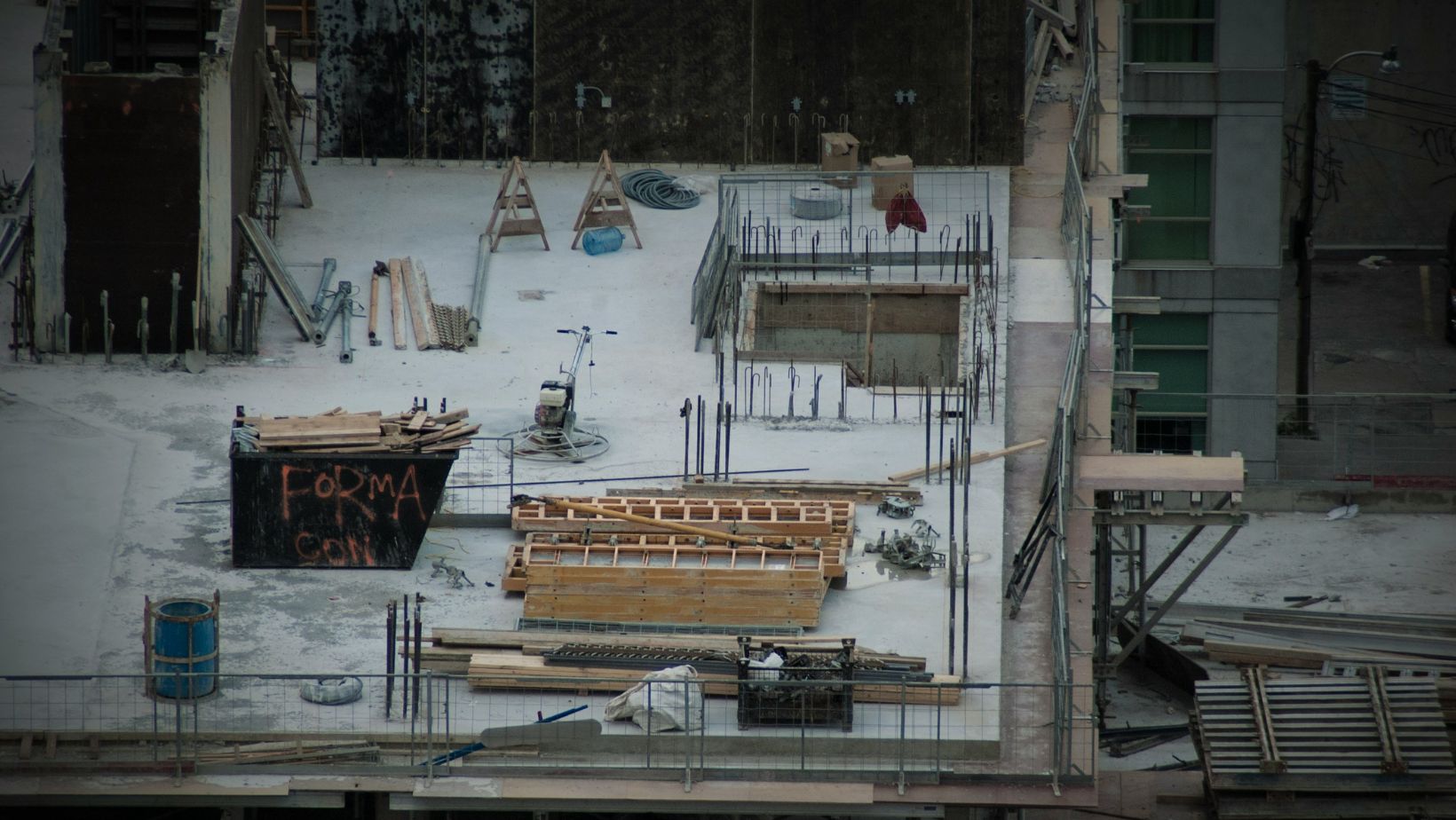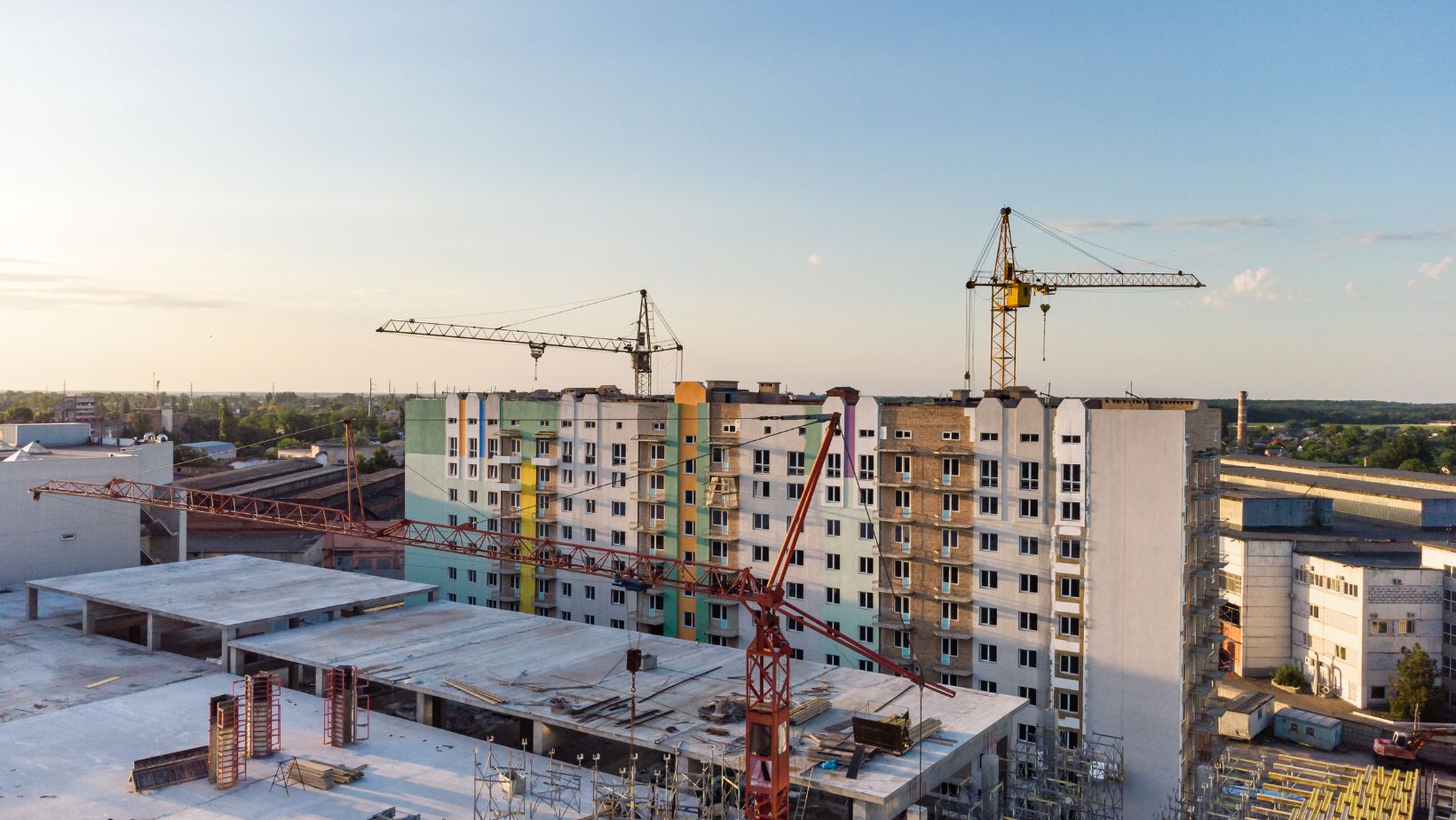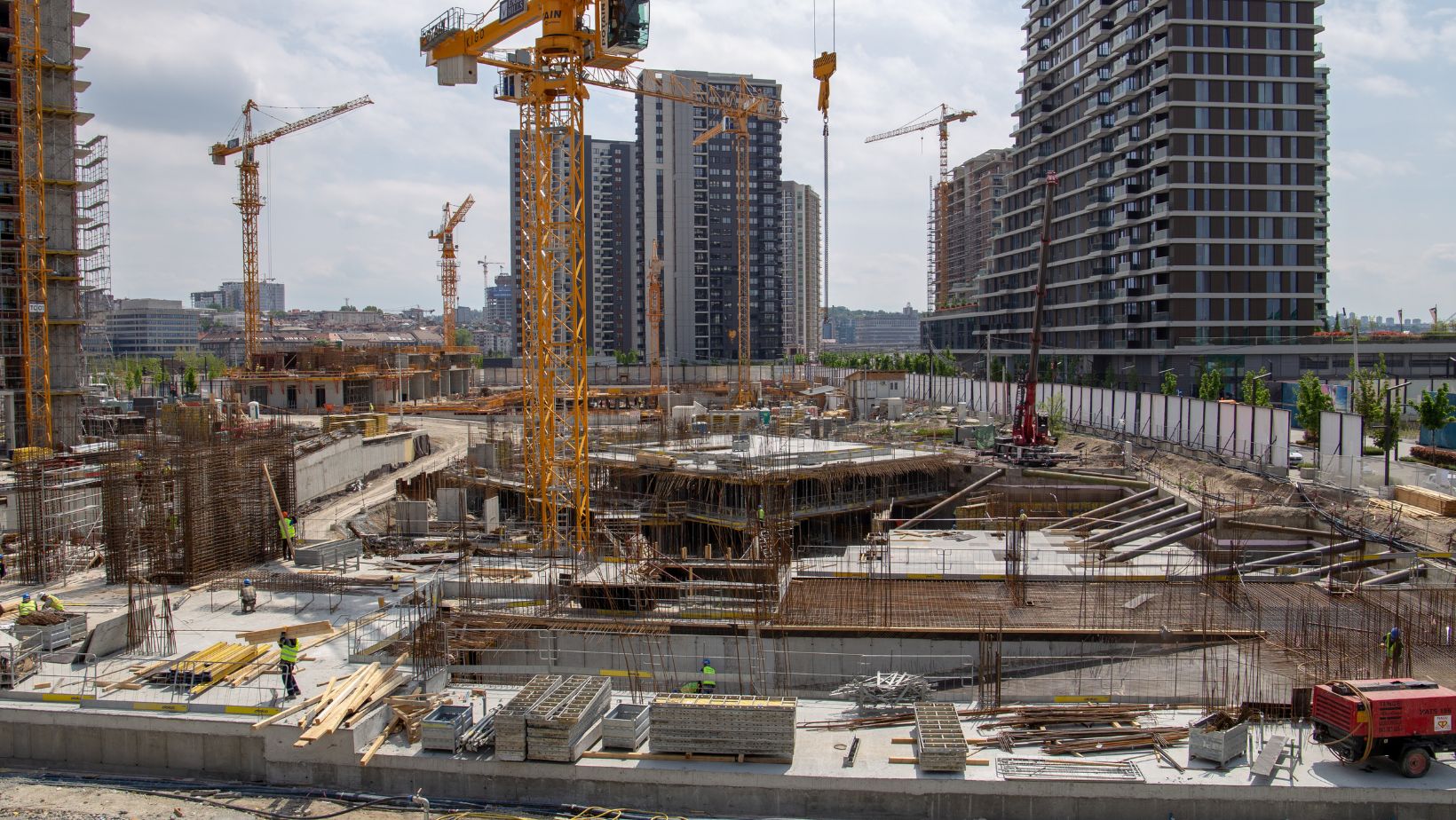 Construction site safety represents a critical cornerstone of successful project execution in the commercial building industry. When choosing Nova Construction Services, New York or any contractor for your project, their commitment to maintaining rigorous safety standards should be a primary consideration. A comprehensive safety program not only protects workers and visitors but also ensures project efficiency, timeline adherence, and cost control.
Construction site safety represents a critical cornerstone of successful project execution in the commercial building industry. When choosing Nova Construction Services, New York or any contractor for your project, their commitment to maintaining rigorous safety standards should be a primary consideration. A comprehensive safety program not only protects workers and visitors but also ensures project efficiency, timeline adherence, and cost control.
Comprehensive Safety Management Systems
Modern construction safety extends far beyond basic protective equipment and warning signs. Today’s safety management systems integrate technology, training, and proactive risk assessment to create a comprehensive shield against potential hazards. These systems require constant monitoring and adjustment to remain effective as project conditions evolve.
Risk Assessment Protocols
Safety evaluation procedures form the foundation of effective site management. Construction sites present dynamic environments where conditions change daily, requiring continuous assessment and adaptation. Risk assessment protocols must address:
- Work area conditions
- Equipment operations
- Material handling procedures
- Weather-related hazards
- Personnel interactions
- Emergency response planning
Documentation and Reporting
Safety documentation systems provide crucial support for both compliance and continuous improvement. Modern construction sites require robust documentation procedures that track every aspect of safety performance and incident response. These systems must capture:
- Daily safety inspections
- Incident reports
- Near-miss documentation
- Training records
- Equipment certifications
- Corrective actions taken
Personal Protective Equipment (PPE)
The proper selection, maintenance, and use of PPE represents a critical layer of protection for all site personnel. Modern PPE requirements have evolved to address both traditional construction hazards and emerging risks related to new construction methods and materials.
Equipment Standards
PPE requirements must meet or exceed regulatory standards while addressing site-specific hazards. Selection and implementation of PPE programs require consideration of:
- Task-specific protection needs
- Environmental conditions
- User comfort and compliance
- Maintenance requirements
- Regular inspection protocols
- Replacement schedules
Training and Compliance
Worker education programs ensure proper use and maintenance of safety equipment.

Effective training goes beyond basic instruction to create a culture of safety awareness and personal responsibility. Key components include:
- Initial safety orientation
- Ongoing skill development
- Equipment-specific training
- Emergency response procedures
- Regular safety meetings
- Compliance monitoring
Fall Protection Systems
Falls remain one of the most serious hazards in construction, requiring comprehensive protection systems. Modern fall protection combines physical barriers, personal equipment, and strict work procedures to create multiple layers of safety.
Physical Barriers
Guardrail systems and other physical protections provide primary fall prevention. These systems require careful planning and regular inspection to maintain their effectiveness throughout the project. Key considerations include:
- Installation standards
- Regular inspections
- Maintenance procedures
- Adaptation to changing conditions
- Integration with work processes
- Emergency access provisions
Personal Fall Arrest Systems
Individual fall protection provides an essential backup to physical barriers. These systems require careful selection, inspection, and maintenance to ensure reliability when needed. Components include:
- Full-body harnesses
- Anchor points
- Connection devices
- Rescue equipment
- Inspection protocols
- Training requirements
Equipment and Machinery Safety
Heavy equipment operation presents unique safety challenges requiring specific protocols and procedures. A comprehensive equipment safety program addresses both operator training and mechanical safety requirements.
Operator Certification
Equipment operation standards ensure that only qualified personnel handle machinery. Certification programs must address both general safety principles and equipment-specific requirements. Key elements include:
- Initial qualification testing
- Ongoing skill assessment
- Equipment-specific training
- Safety procedure reviews
- Performance monitoring
- Refresher training schedules
Maintenance and Inspection
Equipment safety protocols require regular inspection and maintenance procedures. These programs help prevent mechanical failures that could compromise safety. Essential components include:
- Daily equipment checks
- Scheduled maintenance
- Documentation requirements
- Repair procedures
- Quality control measures
- Equipment retirement criteria
Environmental Safety Controls
Construction sites must manage various environmental hazards that can affect both workers and surrounding areas. Modern environmental safety programs address both immediate and long-term risks.
Dust and Debris Control
Airborne hazard management requires comprehensive control measures. These systems protect both site personnel and neighboring properties from construction-related particulates. Control measures include:
- Dust suppression systems
- Debris containment
- Air quality monitoring
- Cleanup procedures
- Protection for sensitive areas
- Regular effectiveness assessment
Noise Management
Sound control programs protect workers and comply with local regulations. Effective noise management requires both engineering controls and administrative procedures. Key elements include:
- Noise level monitoring
- Equipment selection criteria
- Work scheduling considerations
- Hearing protection requirements
- Community impact assessment
- Mitigation strategies
Emergency Response Planning
Effective emergency response requires detailed planning and regular practice. Emergency procedures must address various scenarios while remaining clear and actionable under stress.
Response Protocols
Emergency procedures must cover all potential crisis scenarios. These plans require regular review and updates to remain relevant as site conditions change. Essential components include:
- Evacuation routes
- Assembly points
- Communication systems
- First aid stations
- Emergency contact lists
- Response team assignments

Training and Drills
Emergency preparedness requires regular practice and assessment. Training programs must ensure all personnel understand their roles during emergencies. Key activities include:
- Regular safety drills
- First aid training
- Equipment familiarization
- Communication testing
- Procedure reviews
- Performance assessment
Conclusion
Maintaining high safety standards requires constant vigilance and commitment from all stakeholders in a construction project. Success depends on combining comprehensive planning, effective implementation, and continuous monitoring of safety programs. Regular review and updating of safety protocols ensure they remain relevant and effective throughout the project lifecycle.
